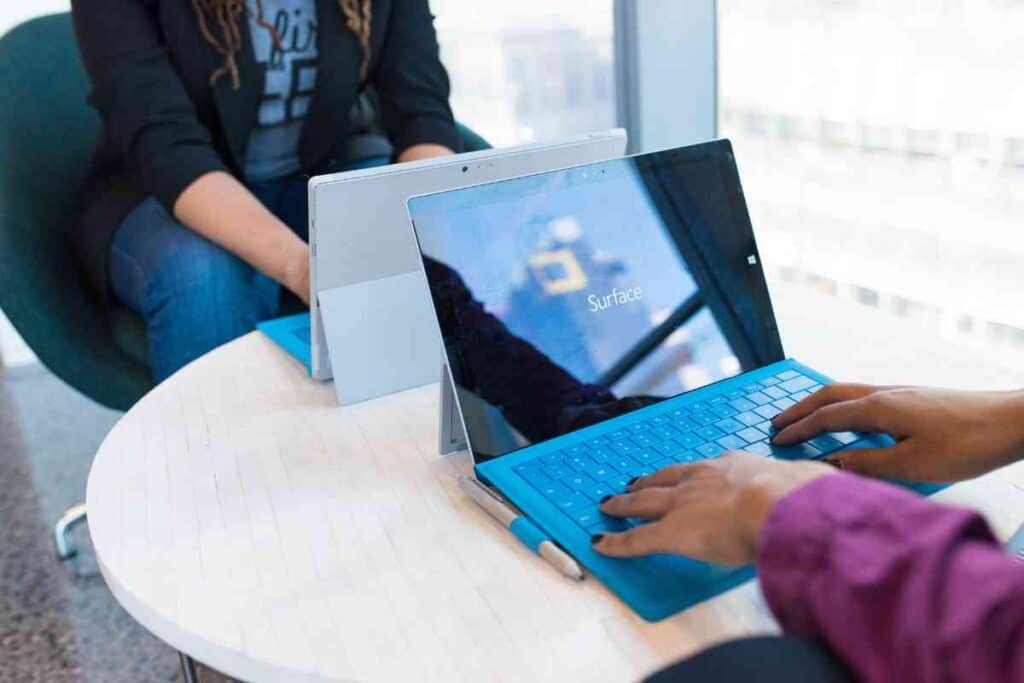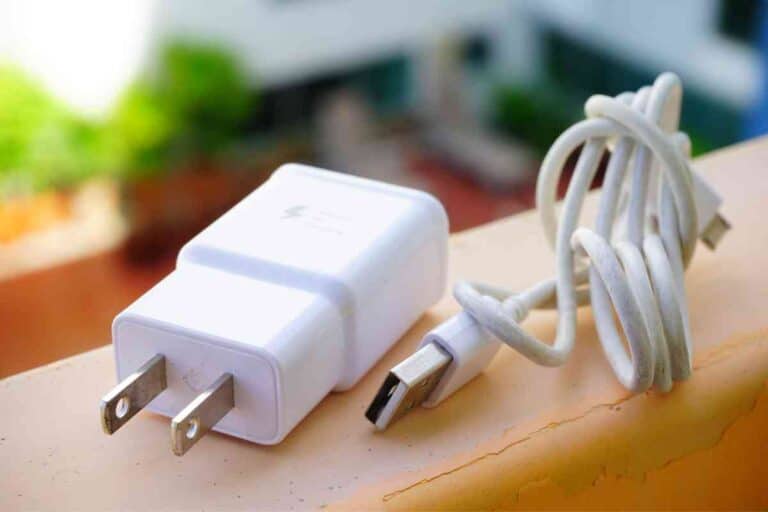Here’s How To Check The Health Of A Windows Computer
If you want to maximize the performance of your PC, you should know how to check the health of Windows on your computer.
You can check the health of Windows on a computer by viewing the Health report in the Device performance & health section under Windows Security. The Health report can display issues relating to Windows Time service, Storage capacity, Battery life, and Apps and software.
As a longtime Windows user, I know how helpful health reports can be for optimizing a computer’s processing speeds and security. I’ll tell you how to check the health of Windows and go over ways you can get the most out of your computer.
What Affects The Health Of A Windows Computer?

There are many factors that can affect the health and performance of a Windows computer.
New computers that start off running quickly can gradually accumulate issues that cause the computer to run much slower.
A computer’s RAM (Random Access Memory) can only manage a certain number of applications and processes at the same time.
Your computer will run slower as more data is simultaneously processed through your RAM.
Having too many files on your computer’s drive can significantly reduce the health of your Windows computer.
A drive that is filled near capacity can increase the time it takes for the computer to access data on the drive.
Storage space is also needed to run applications and system processes, so having limited space for your computer to operate can have adverse performance effects.
From email attachments and website links to downloaded video games and movies, malware can reach your computer in a variety of ways.
Malware can affect the efficiency of applications and cause excess software to run on your computer.
The overall effect of malware can greatly reduce your computer’s performance capabilities and make it run slower.
How Do I Check The Health Of Windows On My Computer?
You can get a quick and comprehensive Windows health check by viewing a Health report in your Windows settings.
The Health report can point out issues that might affect your computer’s performance.
Follow the steps below to view a Health report for your Windows computer.
- Type Windows Security in the Windows search bar.
- Choose the Windows Security app to open it.
- Go to Device performance & health.
- A Health report with the date and time of the last scan will be displayed.
How Can I Improve The Health Of My Windows Computer?
There are several ways you can minimize the amount of data that runs through your RAM including closing applications, freeing up drive space, and removing viruses.
Reduce Running Applications And Processes

If you want to quickly free up RAM, one of the fastest things you can do is close active applications that are not in use.
I sometimes like to open Adobe Illustrator and Adobe Photoshop when working on graphic design projects, but having both applications open at the same time can be a drag on my computer’s RAM.
If my computer is running very slowly, I’ll use one application at a time and close all other applications.
Closing applications helps to reduce RAM usage and promotes faster processing speeds for the applications I’m actively using.
Some applications may not actually close when their main taskbar tabs are closed, so you should also check the system tray on the right to make sure applications are closed.
If you see the icon of an application you want to close in the system tray, you should right-click the icon and select Exit, Quit, or a similar option to close the application.
Since some applications and processes may not show in your taskbar, you can open the Task Manager to view and close running software tasks.
Follow the steps below to close applications and background processes through the Windows Task Manager.
- Press the Ctrl, Alt, and Delete keys at the same time.
- Choose Task Manager
- Choose the process you want so it is highlighted.
- At the bottom right of the Task Manager, choose End task.
- Repeat the two steps above to close additional processes.
You can sort all the items based on their CPU, memory, disk, network, and GPU utilization.
Items with a higher percentage have a higher utilization of a given component.
Free Up Drive Space
Freeing up drive space is a quick and easy way to improve the health of your Windows computer.
Large files such as videos, photos, and other media files can quickly take up loads of drive space.
If you don’t want to delete files, you can install a higher-capacity drive in your computer or connect an external drive to move files out.
Remove Viruses
Viruses can be a major culprit for diminished processing speeds, security, and overall performance of a Windows computer.
To combat malicious software that can slow down your computer, you can use Windows Security tools to detect and remove viruses on your Windows computer.
Follow the steps below to detect and remove viruses through Windows Security.
- Type Windows Security in the Windows search bar.
- Choose the Windows Security app to open it.
- Go to Virus & threat protection.
- Go to Scan options to choose a scan option (such as Quick scan or Full scan) to scan your computer for virus threats.
- After the scan is done, you can review the threats and remove them as needed.
Follow the steps below to enable and optimize real-time virus protection.
- Go to Manage settings under Virus & threat protection settings.
- Turn on for Real-time protection to keep Microsoft Defender Antivirus running at all times.
- Turn on Cloud-delivered protection to be protected from the latest viruses.
- Turn on Automatic sample submission to help Microsoft improve threat protection.
- Turn on Tamper Protection to prevent external access to important security features.
If you plan to run third-party antivirus software on your Windows computer, you should disable the Windows antivirus software.
If you prefer using the Windows antivirus software, you should disable all other antivirus software.
Running more than one antivirus application can have an adverse effect on virus detection and removal.
In some cases, Windows may not even allow you to enable more than one antivirus application.
Though enabling real-time virus protection can protect your computer from viruses, it might also slow your computer down.
There’s a bit of a trade-off when it comes to running real-time virus protection, so you have to weigh the benefits of virus protection with the possibly negative effect it might have on your computer’s overall performance.
Key Takeaways

- You should monitor your computer’s health to ensure it is running at optimal speeds.
- You can check the health of a Windows computer by viewing a Health report in the Windows Security section under Settings.
- To enhance the performance of your Windows computer, you can close applications and background processes, free up drive space, and remove malware with antivirus software.






